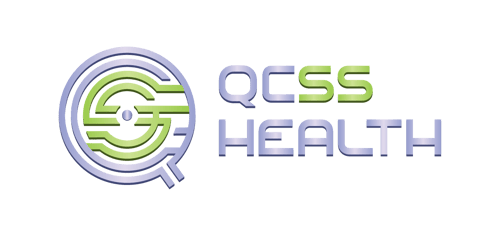Imagine two different assessors walking into Mrs. Thompson's home, a new member seeking Home and Community-Based Services (HCBS). Both assessors are highly trained, attuned to Mrs. Thompson’s needs, and committed to following guidelines. Yet, by the end of their assessments, they could each arrive at different clinical judgments about how many hours of support she needs each week.
Jane, the first assessor, is meticulous and by-the-book. She follows every protocol and evaluates Mrs. Thompson's mobility, cognitive abilities, and activities of daily living. After careful consideration and applying her clinical perspective, she recommends 17.5 hours of weekly support.
Mark, the second assessor, also follows the health plan’s guidelines, attempting to maintain objectivity while also applying clinical judgment. However, his interpretation of Mrs. Thompson's needs is different. While both assessors utilize the same set of assessment questions, Mark digs deeper. After Mrs. Thompson mentions that she needs help with dressing, Mark returns to his previous questions about bathing to ask follow-up questions, recognizing that both activities require similar physical movements. By doing this, Mark identifies an additional need for bathing support that wasn’t initially disclosed by Mrs. Thompson. As a result, he recommends 20 hours of weekly support to ensure she receives adequate care.
For Mrs. Thompson, the difference between 17.5 and 20 hours of care could drastically impact her quality of life. Both assessments are valid and rooted in a professional, clinical evaluation, but the discrepancy highlights a critical challenge in the assessment process - human judgment can differ, even when clear guidelines are in place. Achieving consistent, objective outcomes without the aid of technology is incredibly difficult.
Why Assessor Differences Matter
In Managed Long-Term Services and Supports (MLTSS), small assessment inconsistencies can significantly impact care plans and a member's overall quality of life. These differences aren’t always just about the depth of discussion but can also arise from factors like rapport between assessor and member, unconscious biases, differing perspectives on needs versus wants, or even the timing of the assessment (such as seeing a member on a good day or a bad day). Variability between assessors, combined with these external influences, can make it challenging to deliver equitable services and can lead to operational inefficiencies.
Acknowledging that assessor differences are inevitable doesn’t diminish their expertise; it’s simply the first step. The second, more important step is finding ways to minimize those differences by enhancing consistency. Doing so emphasizes the need for technology solutions that support greater alignment in assessments without replacing the valuable clinical insight and judgment each assessor brings to the process.
The Role of Technology to Enhance Consistency
Innovative technologies can help address this challenge by automatically identifying assessment discrepancies and providing real-time suggestions. This allows the assessors to maintain their professional judgment while enhancing their clinical decision-making.
These solutions should:
- Ensure all assessors follow a structured data entry process with built-in checks and validation prompts
- Review completed assessments to flag inconsistencies and deviations from guardrails
- Identify real-time areas for follow-up questions based on responses
- Provide insights to identify patterns of common errors
- Improve accuracy without compromising individual judgment
- Offer data-driven recommendations to refine training and guidelines
By integrating solutions like these, organizations can significantly reduce variability, improve member outcomes, and enhance operational efficiencies.
A Future of Consistent, Quality Care
A difference of 2.5 care hours may seem minor, but for Mrs. Thompson and many other members, this can impact a more stable quality of life. It’s not about one assessor being more correct than the other, it’s about ensuring both assessments reflect the consistent and aligned application of clinical judgment. Verifying that assessments accurately reflect each member’s true acuity is crucial in delivering the highest level of care and consistency.
Acknowledging assessor differences doesn’t mean eliminating human judgment; it means enhancing it. By adopting assessment-specific technology that supports clinical staff in real-time, organizations can create a future where care plans are both clinically sound and consistently applied. This ensures that members aren’t over or underserved.
Learn more about how QCSS Health’s solutions can help enhance consistency in your assessments and improve member outcomes by setting up a call with our team.

